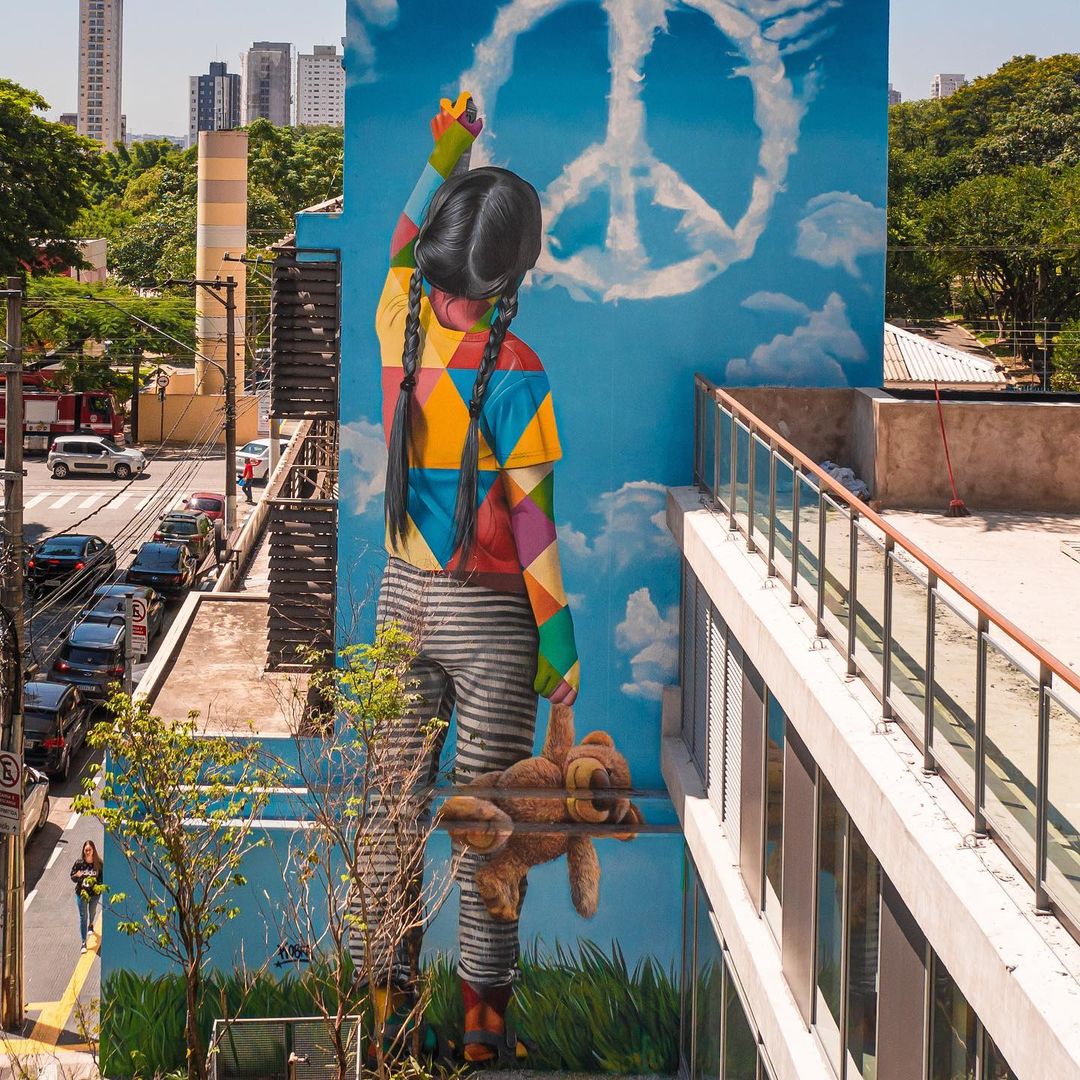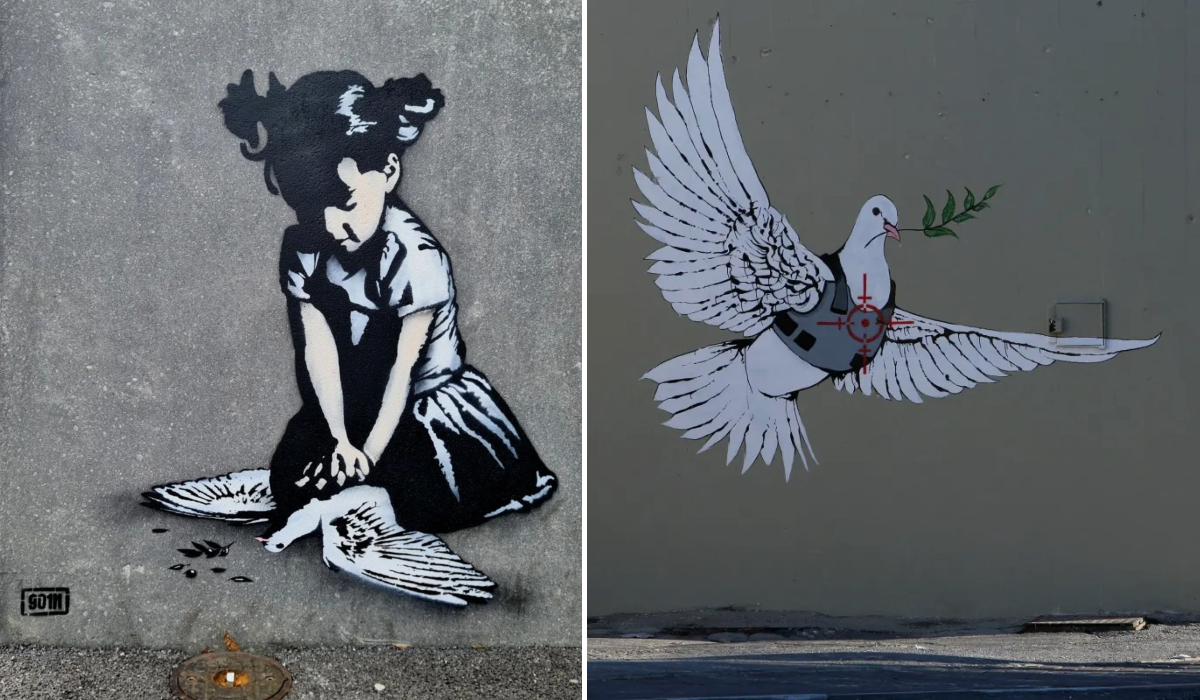The concept of peace has been a universal aspiration for centuries, transcending cultures and time periods.
Artists have long been inspired by this noble pursuit, using their talents to communicate messages of peace, unity, and understanding. In this blog post, we will delve into the history of the “Peace” theme and examine how it has manifested in various art movements throughout history.

1. Ancient Roots of Peace Imagery:
The idea of peace has been depicted in art since ancient times. The ancient Egyptians, for example, used the symbol of the “ankh” to represent eternal life and peace. Similarly, the ancient Greeks and Romans incorporated symbols of peace such as the olive branch and the dove into their art, representing tranquility and harmony.

2. Middle Ages and Renaissance:
During the Middle Ages, Christian art often featured scenes of the Last Judgment or the Garden of Eden, symbolizing the ultimate peace in the afterlife or the harmony that existed before the fall of man. In the Renaissance, artists like Leonardo da Vinci and Sandro Botticelli portrayed themes of peace through the use of classical mythology and allegorical figures such as Venus, the goddess of love and harmony.

3. 18th and 19th Centuries:
In the 18th and 19th centuries, the theme of peace became more prominent in response to the socio-political upheaval of the time. Romanticism, an artistic movement that emphasized emotion and individualism, produced works like Francisco Goya’s “The Third of May 1808,” which depicted the horrors of war and implicitly called for peace. Similarly, Jean-Honoré Fragonard’s “The Swing” showcased the carefree innocence of a peaceful world.

4. 20th Century and Beyond:
The 20th century saw the rise of numerous art movements that incorporated the theme of peace, often as a response to the global conflicts of the time. Picasso’s famous painting “Guernica” was a powerful statement against the atrocities of war and a plea for peace. The Pop Art movement, with artists like Jasper Johns and Robert Indiana, used symbols of peace such as the American flag and the iconic “LOVE” sculpture to convey messages of unity and hope.

5. Contemporary Street Art:
In the world of contemporary street art, the theme of peace remains as relevant as ever. Like the artists in our blogpost “9 Street Art Masterpieces Around the World Standing United with Ukraine”, artists use their work to promote messages of unity, understanding, and the importance of coexistence. These powerful and visually captivating pieces is a reminders of the potential for art to inspire change and foster a more peaceful world.

Throughout history, the pursuit of peace has inspired countless works of art, spanning various cultures and artistic movements. From ancient symbols to contemporary street art, artists have used their talents to communicate the importance of unity and understanding in the quest for a harmonious world.
As we continue to explore the fascinating realm of art, we can find solace and inspiration in the timeless message of peace that transcends time and space.


